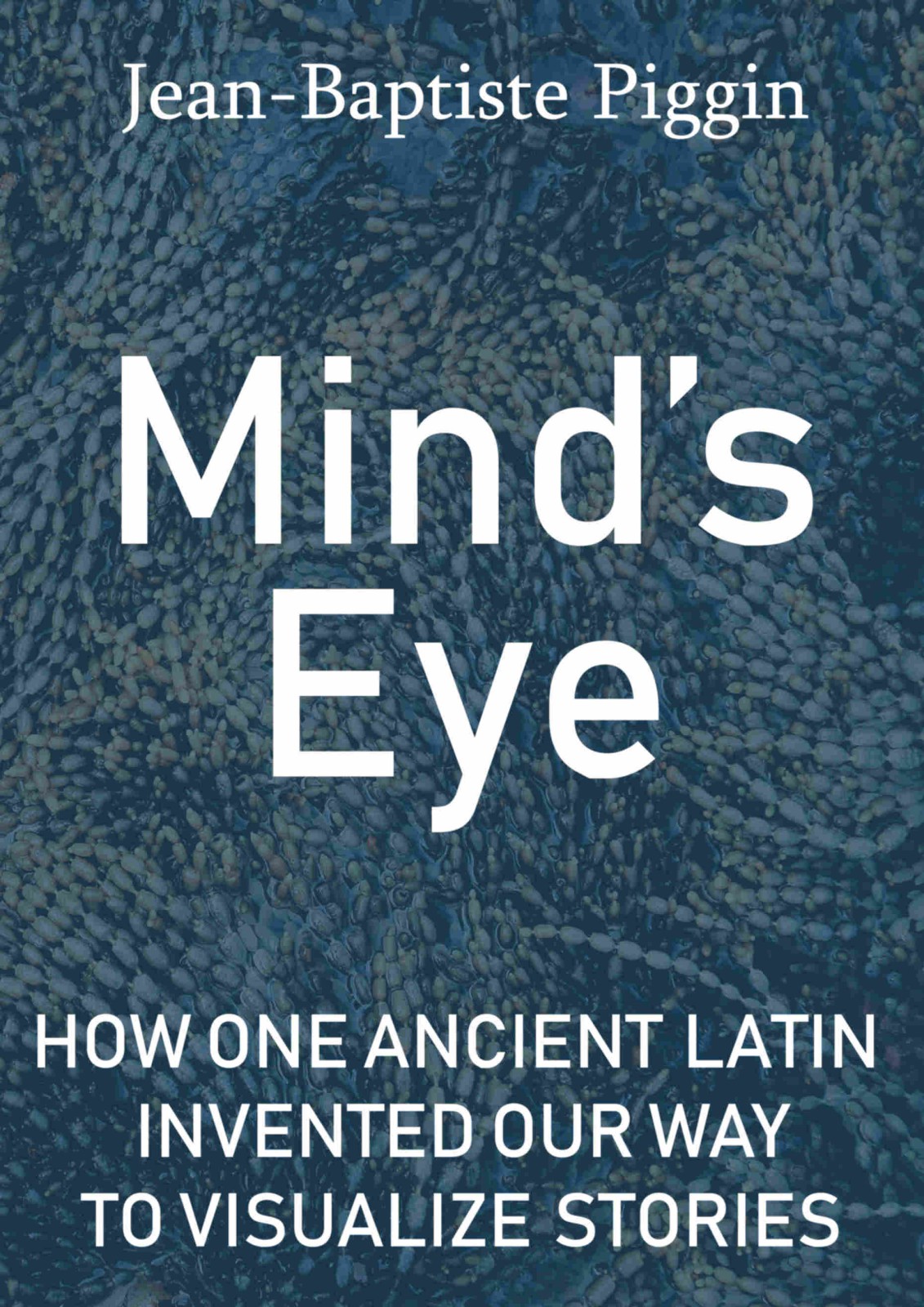I've so far looked in vain for scholars' ideas on how to create what one might describe as a "diplomatic" edition of a diagram. As a 21st-century scribe, what one is looking to do is to recopy an antique or medieval diagram while:
- preserving its original language and wording;
- adapting its script and linework to contemporary lettering and drawing conventions;
- unwinding physical deterioration that mars the old medium.
The last objective could perhaps be adequately met by taking a photographic image of an old document, and photoshopping away the blotches, mould, tears and distortions. There is an interesting 2008
account (pdf) in
e-Perimetron of how this can be done with old maps. But this does not allow much editorial amendment, nor does it make the document readable. Since the age of print began, we expect documents to be recast with modern typographic lettering.
In the digital age, we also expect a document to be searchable, and it would be perverse nowadays to publish on paper only: one must produce a full digital edition.
The solution I have been experimenting my way towards is to use XML documents which contain the text and all the necessary instructions to draw a vector image of the original diagram and lay it out faithfully, either on the screen or on paper via a digital printer. XML files can be directly edited: every word and letter can can be checked and altered if need be without using proprietary or sophisticated software.
The images on my website have all been created using OpenOffice Draw and the master files are saved in
odg format. To publish them online, they are converted to Flash files.
I have been learning ways to manipulate
odg files so that they could become the definitive transcripts of original manuscript pages, or provide the basis for merged, critical, digital editions. In fact it ought to be possible to do this so one could have several languages all stored in the one file: Layer 1 would be Latin, but you could easily swap to a Layer 2 in English, Layer 3 in German and so on.
I prefer to write transcripts into Microsoft Excel, which allows you to standardize the data, mark it up, sort it, add fields and so on. An early problem was how to convert Excel data into a format that can be used by OpenOffice Draw. These are the steps I take:
- I create an Excel spreadsheet which attaches the necessary XML tags to the left and right of the list data;
- An odg file is in fact a zipped-together folder of files, one of which is named content.xml and contains the text within the drawing;
- Use IZ Arc to open the odg file, and extract content.xml to another folder.
- Open content.xml and prepare to overwrite all of its text sections as follows;
- Copy the XML tags and data which you have generated using Excel;
- In Windows, right click the file icon of content.xml and choose edit from the context menu. Paste the data into content.xml;
- Save the new version of content.xml;
- Drag the altered file back into the IZ Arc window and save the odg file;
- OpenOffice Draw will hiccup a bit as it processes this odg, but it will open;
- The texts may not be properly formatted. Highlight everything and choose Default style to reformat them, then save;
- More fixing in OpenOffice Draw then includes converting background to invisible. To make the borders invisible, change "line" to invisible as well.
The Excel file that begins this process includes sequential position information so that each
draw.frame element has its own position on the page and is not overwritten. It is easy to construct 10 or more columns of data this way. The first element, at the upper left, is enclosed in the following tags:
- At the beginning of each element, these three opening tags:
- draw:frame draw:style-name="gr1" draw:layer="Text" svg:x="-56cm" svg:y="-19cm"
- draw:text-box
- text:p
- At the end of each element, these closing tags:
- /text:p
- /draw:text-box
- /draw:frame
The minus 56 and minus 19 in this case mean the text begins 56 centimetres to the left and 19 centimetres above the top left corner of the virtual canvas in OpenOffice Draw.
I am still thinking about ways to make the resulting document more easily editable.
 I make of it: a quorum iteritu omnis mundus letabitirunt et invicem re munera mittent. Any improvements?
I make of it: a quorum iteritu omnis mundus letabitirunt et invicem re munera mittent. Any improvements?


